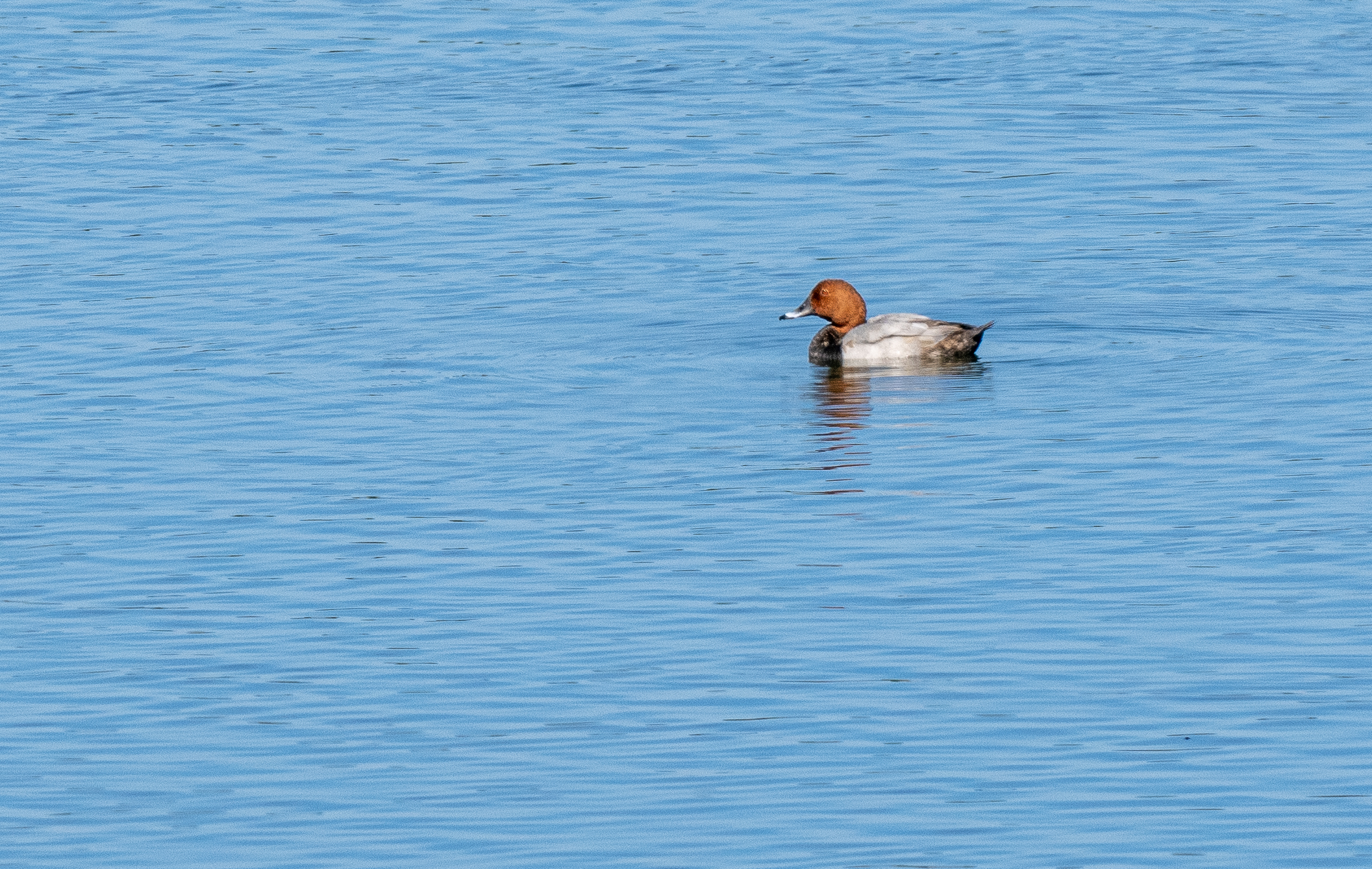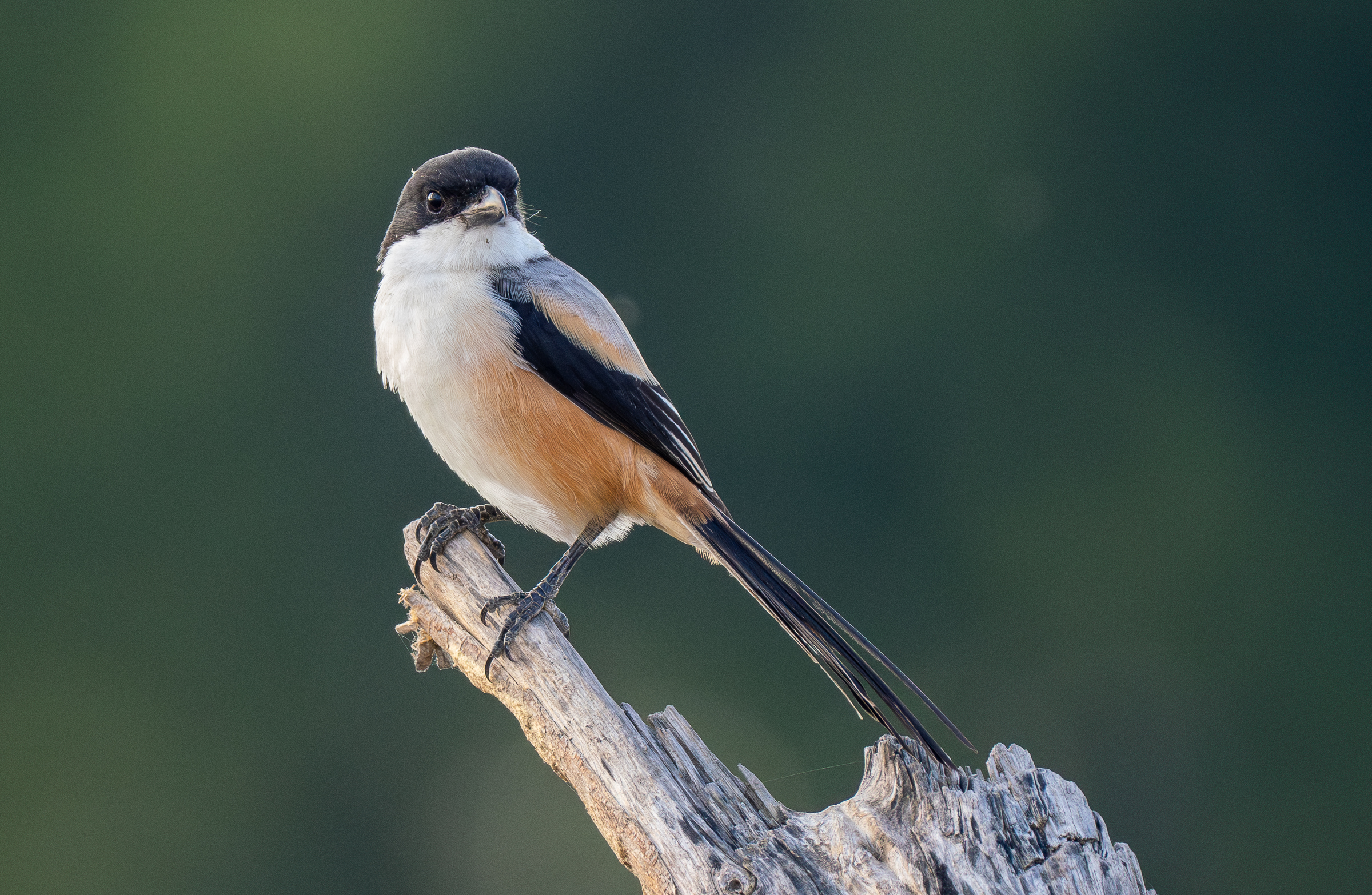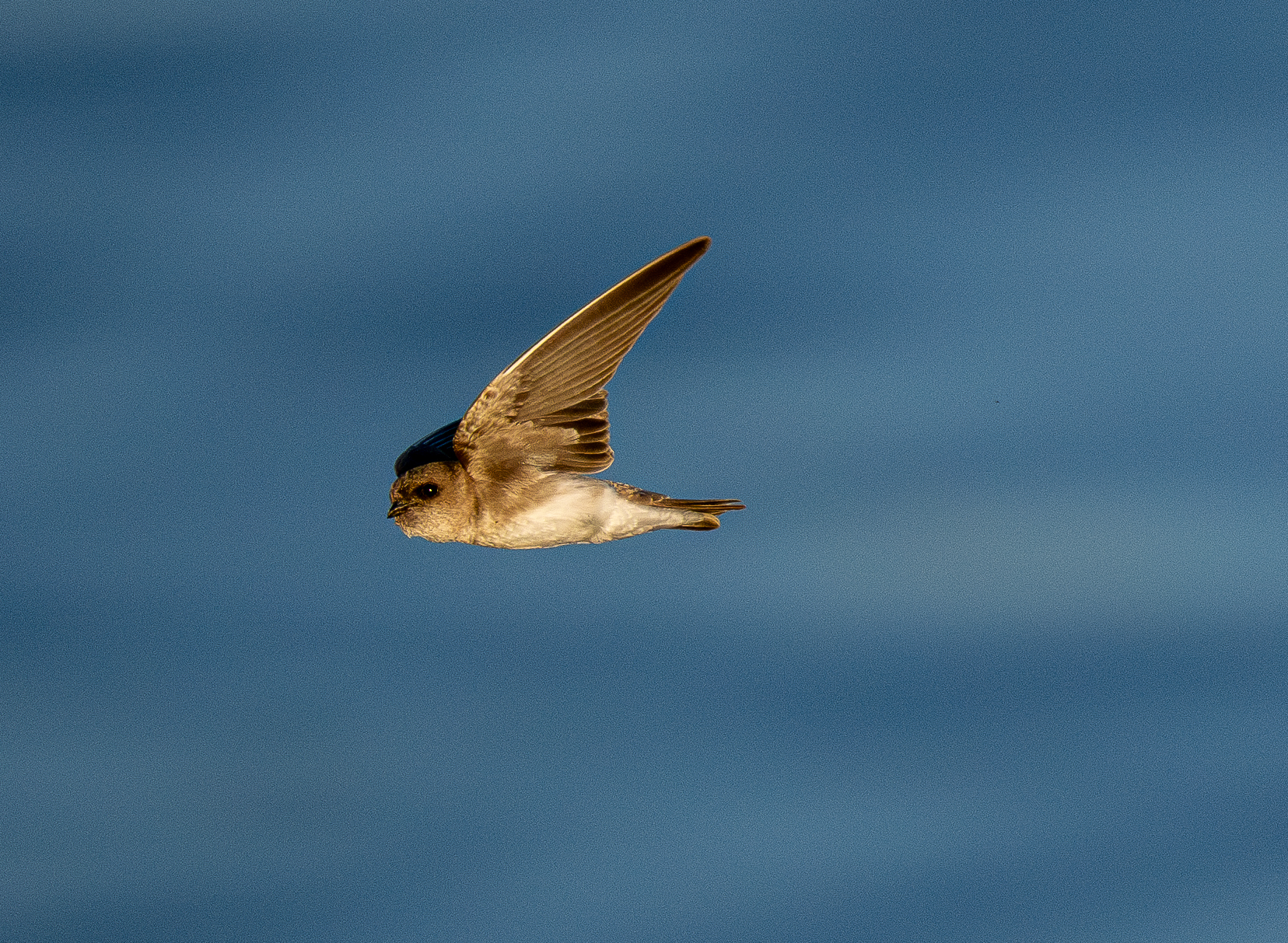Returning to the Philippines from my fun week in Fiji in December was, alas, a great deal less fun. I flew back by way of Singapore, which meant a nice 11-hour flight. That of course was delayed by just enough that I touched down 15 minutes the departure for my flight to Manila. I made a mad full-tilt sprint all the way across the Singapore airport, which accomplished nothing besides making me extra sweaty and out of breath by the time I arrived at the gate long after it had closed. Lots of back and forth with the airlines and travel agents followed, and I eventually made it onto a later flight, getting into Manila around 4 AM on December 10.
The fun didn't end there though, as I wasn't continuing home to Sorsogon or even staying in Manila. Instead I was heading to Ilocos Norte in far northern Luzon, where Nikki and her mom were for a wedding and we had a few days of travel planned. My missed flight in Singapore meant that I missed my original flight from Manila to Laoag City, and had to book an entire new flight for later on the morning. Thankfully I was able to stagger up to the airport transit hotel and pay $15 for a few hours of sleep in a reclining chair before catching my next flight. I arrived in Laoag around noon, picked up a rental car, and headed to our hotel near Lake Paoay south of the city. Once there, I had energy for little else but saying hi to Nikki and her mom, eating Jollibee take-out, and collapsing in bed for a 3-hour nap.
The delayed arrival meant that I had three full days in Ilocos Norte, and thankfully my travel companions were happy to include some birding in our itinerary. Being located far in the north of Luzon, Ilocos birding is mostly focused on looking for rare migrants that don't get any further south. I had birded it pretty extensively when Nikki and I had a very fun visit in 2022, but when you're looking for rare migrants anything can happen. I was very conscious of the fact that my Philippines list stood at 495, and all I needed was 5 new birds to make my way into the rarified atmosphere of the "500 Club", something only a dozen or so people have managed.
Somewhat surprisingly, I got the first new bird the evening after I arrived, as we headed to the shore of Lake Paoay at sunset. It was quickly getting dark and I didn't have a scope with me, so while there were lots of ducks out on the lake they were hard to ID. Alas, I couldn't turn them into anything more interesting than Tufted Ducks and Philippine Ducks. However, I did manage to pick out a single Great Cormorant sitting on a distant pole across the lake. This was a bird I'd expected last year but for some reason they just weren't around, so it was a long-overdue Philippines lifer.
 |
| Tufted Ducks on Lake Paoay |
 |
| Great Cormorant |
 |
| Sunset on Lake Paoay |
The next day Nikki and I headed out early to see if we could find some interesting birds. I decided to try the Gabu Norte fields where I had previously found good birds like Black-faced Spoonbill, Lesser Black-backed Gull, and Common Starling (yes, Common Starling is a rare bird in the Philippines). We arrived at sunset, and there were mostly the usual Paddyfield Pipits and Yellow Wagtails running around on the short grass of the fields. We climbed an embankment to peer into a fishpond, and I nearly dropped my binoculars in surprise: in the middle of a flock of Eurasian Tree Sparrows was a single Yellow-browed Bunting! I had time for only a few blurry record shots before a falcon shot over and scared them all away, but it was a thrilling find–only the third record for the Philippines, the first record having been only in 2022. It was a proper mega rarity, easily the rarest bird I've ever self-found and the only proper vagrant of this trip.
 |
| Yellow-browed Bunting! |
The bunting aside, birding at the fields was fairly average. The Peregrine Falcon did repeated rounds over the ponds making all of the birds silent and skittish, and the local Brahminy Kites didn't help either. There were some Philippine Ducks and Northern Shovelers in the barely-visible fishponds, and the usual Yellow Buntings- extremely rare in most of the Philippines, but regular winter visitors to the dry habitats in Ilocos. I checked out the beach in hopes of a gull or some interesting shorebirds, but saw only Black-headed Gulls.
 |
| Peregrine Falcon |
 |
| Brahminy Kite skirmishing with a Peregrine Falcon |
 |
| Yellow Bunting |
 |
| Sunrise on the fields |
I dropped Nikki back off at our hotel so she could get some work done, then headed out to do some more birding- I still had three more new birds to find to get to 500. Since this was our last day in the hotel near Lake Paoay, I decided to try and find a better spot on the lake to look for ducks without a spotting scope. It took a lot of driving around to explore random points I'd found on Google Maps, but eventually I found a spot with a big flock of ducks right next to shore. To my surprise, this indeed included a new Philippines bird, and a lifer- a few Common Pochards! They're not really rarities, but they're uncommon migrants that had eluded me up til then. There were also lots of Philippine Ducks and Tufted Ducks, but I couldn't turn them into anything else rarer.
 |
| Common Pochard |
 |
| Philippine Ducks |
I had a little more time in the morning before we had to check out of our hotel, so I tried walking along the Padsan River in Laoag to look for some birds that had shown up in the past like Temminck's Stint, Grey-throated Martin, and Red-throated Pipit. I didn't see any of those, but I did get good looks at a few more common birds like Pied Bushchat, Eastern Yellow Wagtail, and an extremely cooperative Long-tailed Shrike.
 |
| Pied Bushchat |
 |
| Eastern Yellow Wagtail- not particularly yellow in non-breeding plumage |
 |
| Long-tailed Shrike |
 |
| Dancing Dropwing (Trithemis pallidinervis) |
The next day, our plan was to drive up the Solsona-Calanasan Road, the mountain road going from Ilocos Norte into Apayao province to the east. This had been my favorite birding spot of my previous visit and we were excited to go again and show it to Nikki's mom. We left Laoag at 4 in the morning so we could be near the top of the road for sunrise. Just as it had been last time, the road was breathtakingly gorgeous, climbing through dry montane pine forests and grassland, then transitioning suddenly to cloud forest past the eastern crest of the mountain. It was also breathtakingly scary, winding along a knife-edge ridge with precipitous slopes on either side and numerous landslides, some of them dangerously close to completely undercutting the road.
 |
| Sunrise along the Ilocos portion of the road |
By the time we reached a stretch where work crews were clearing a very recent landslide off of the road, Nikki and her mom decided they'd had enough with the white-knuckle driving experience, which was very fair. We found a spot behind us to park, and I walked up the road a little bit to see if I could find some birds. The weather was much better this time than it had been last year, but the birds were fairly quiet. There were the usual Philippine Bulbuls flying around and Bar-bellied Cuckooshrikes calling in the distance, but not a huge amount else. I did find a couple of Mountain Tailorbirds and Philippine Bush-Warblers calling in some shrubbery next to the road and was able to get some halfway decent pictures of the latter at least.
 |
| Philippine Bulbul |
 |
| Mountain Tailorbird |
 |
| Philippine Bush-Warbler |
 |
| Some kind of nice little flowering Coleus by the road |
 |
| Nepenthes alata, I think |
After seeing a few other cars navigate the landslide area, I decided it might be worth the risk to keep going so I could get to the Apayao side of the road, where the forest was better and there were likely other birds. Nikki and her mom were less convinced, but happy to enjoy the views where they were while I investigated. As it turned out we had already passed over the dodgiest parts of the road, and the weather to the east was windy but completely clear. I had a gorgeous view of the mountain that had simply been marked "BLAZING MOUNTAIN OF THE GODS" on Google Maps, and was finally able to understand how it got that name.
 |
| Blazing Mountain of the Gods indeed |
Unfortunately, "sunny and windy" is just about the worst possible weather combo for birding, and unsurprisingly the birds were few and far between. In fact, I think I saw fewer birds on the Apayao side than I had on my previous visit when I was mostly walking through an enormous rain cloud. There was a big flock of Chestnut-faced Babblers feeding near the road and some other birds like Luzon Sunbirds and Buzzing Flowerpeckers flitting around, but no proper mixed flocks. It didn't help that the higher-elevation parts of the road had steep cliffs on either side, meaning there were no places where I could get into the forest to look around. I did hear a calling raptor that I suspect was a Philippine Eagle, but was unable to located it to confirm it. I still hope to return sometime to explore more of the Apayao side of the road, but I only had a bit of time to walk around this time before I needed to head back over.
 |
| Chestnut-faced Babbler |
 |
Some sort of orchid by the side of the road |
 |
| An extremely majestic dog near the road |
Back on the Ilocos side, we did some more walking around in the pine forest, and I was moderately gripped to find that Nikki had seen a flock of Luzon Racquet-tails fly over while I was gone! There were more birds on this side, sheltered from the wind, including the flocks of Red Crossbills I had been hoping to see. The usual Grey Wagtails and Olive-backed Pipits were hopping along the road, and I had surprisingly good looks at a Bar-bellied Cuckooshrike and an inquisitive Mountain Shrike nearby as well. On the way down the road we stopped for a big flock of Yellowish White-eyes and again for a cute little Philippine Hanging Parrot. It hadn't been quite as good of birding but we had mostly gone for the scenery, and had managed loads of that, all without sending the car tumbling into a ravine or giving anyone any heart attacks.
 |
| Bar-bellied Cuckooshrike |
 |
| Island Thrush |
 |
| Mountain Shrike |
 |
| Olive-backed Pipit |
 |
| Philippine Hanging Parrot |
 |
| Appias phoebe, I think |
 |
| Some sort of crab spider |
 |
| The pine forest on the Ilocos side |
We returned to Laoag by midday, and took a much-needed nap back at our hotel. Conscious of the fact that I still needed 2 new birds to make it to 500, I headed out once again that afternoon. One of my main targets was Grey-throated Martin, a small swallow resident in northern Luzon that nests on sandy riverbanks. They had previously been numerous anywhere by the Padsan River, but after most of the banks were cemented I had searched for them repeatedly without success. I decided to check out an areas of the river further upstream that might still have some intact bluffs for them to nest in.
Surprisingly, this actually worked: I pulled up next to the river and immediately found myself inside a flock of dozens of Grey-throated Martins! They had formed a nesting colony in some of the last sandy bluffs by the river, though unfortunately it didn't look like they would be around much longer as there was heavy construction equipment actively excavating the embankment even as I watched, presumably to put in even more concrete. It was a bit bittersweet to have this be how I saw my long-awaited lifer, but it still counted. I spent some time scanning the sandy islands in the river to look for Temminck's Stint, which occasionally shows up, but there was only a breeding colony of Little Ringed Plovers, along with dozens of Eastern Yellow Wagtails, Grey Wagtails, and White Wagtails.
 |
| Grey-throated Martin flying past the instrument of its demise |
 |
| Grey-throated Martin |
 |
| The Padsan River |
I had one more full day left in Laoag, and needed just one more bird to make it to 500. Spoiler alert: I didn't find one. I did, however, put in a valiant effort. I returned to the Gabu Norte fields at dawn, as that seemed to be the most reliable rarity spot, but didn't see much new- although a very dark immature Eurasian Kestrel got my hopes up far too high as I thought it might be a vagrant Merlin. I tried exploring an area of riparian scrubland north of town later in the morning, and spent a great deal stumbling my way through overgrown fields and rocky riverbanks but didn't see much new, though a Siberian Rubythroat was a nice new year bird. In the late morning I tried the rice fields outside of Laoag to look for Red-throated Pipits, but by that time it was brutally hot and sunny and the birds were few and far between. In retrospect I probably should have gone there first thing in the morning, but oh well.
 |
| Kestrel doing a surprisingly good Merlin impression |
 |
| ...but alas, still "just" a Eurasian Kestrel |
 |
Yellow Bunting
|
 |
| Little Ringed Plover |
 |
| An atmospheric sunrise on the fields |
That afternoon, I headed back to Lake Paoay to search for any rare ducks I might have missed my previous time. Alas, there were just the usual Tufted Ducks, Philippine Ducks, and Common Pochards. I did, surprisingly, see a single Philippine Collared Dove, an endemic that has declined precipitously over the last couple of decades and should now probably be considered Endangered at best. It was nice to see they are still hanging on in Ilocos, though far outnumbered by competitors like Spotted Doves, Zebra Doves, and Red Turtledoves. Aside from the bunting, this was actually perhaps my rarest sighting of the trip as there are only a handful of verifiable records of this species every year.
 |
| Philippine Collared Dove! |
Just before sunset I returned to the river to look for stints or interesting pipits. There were none of those, but lots of the usual Grey-throated Martins and Striated Swallows, the latter allowing for some unusually good photos. It was also a beautiful sunset, and a great way to end a fun few days in Laoag, the disappointment of coming up one species short aside. I expect I'll be making many more visits to northern Luzon in the future, as long as I can continue to find my way back to the Philippines.
 |
| Striated Swallow |
 |
| Sunset on the Padsan River |








































































Comments
Post a Comment